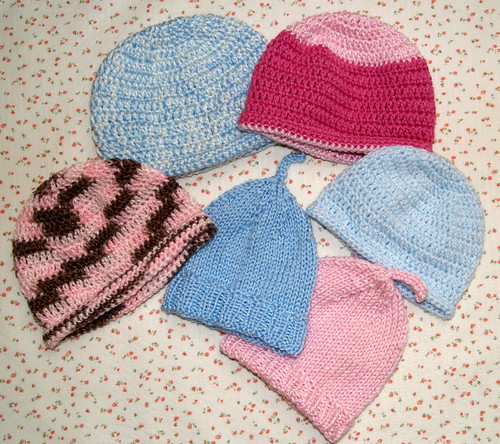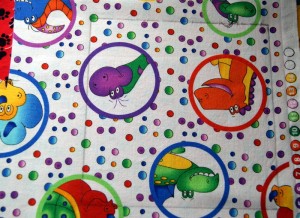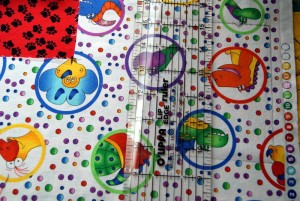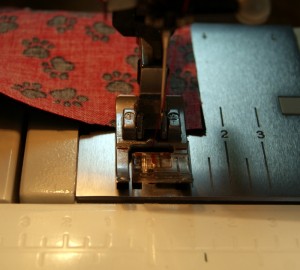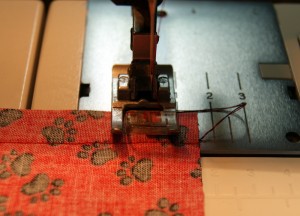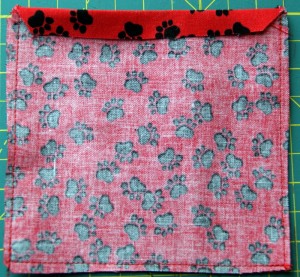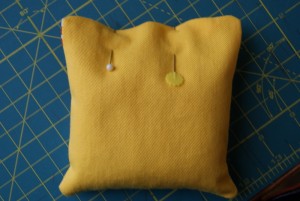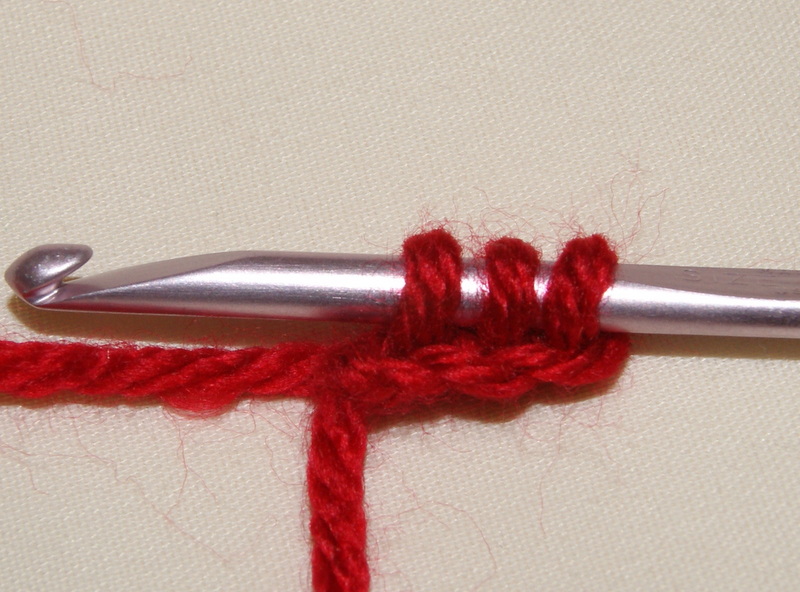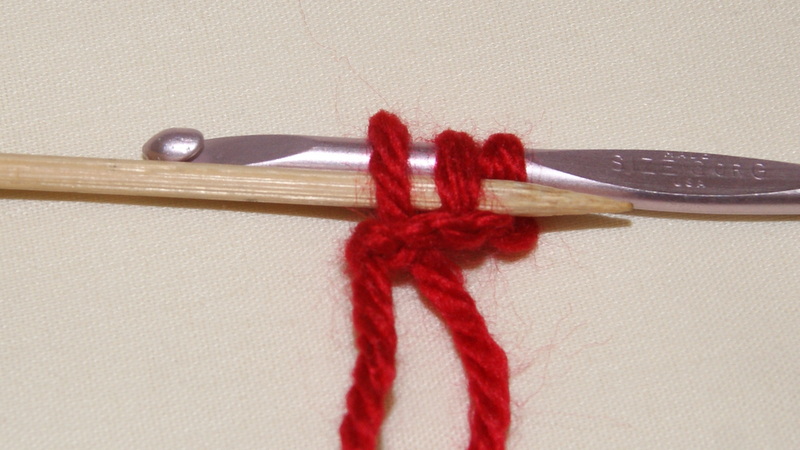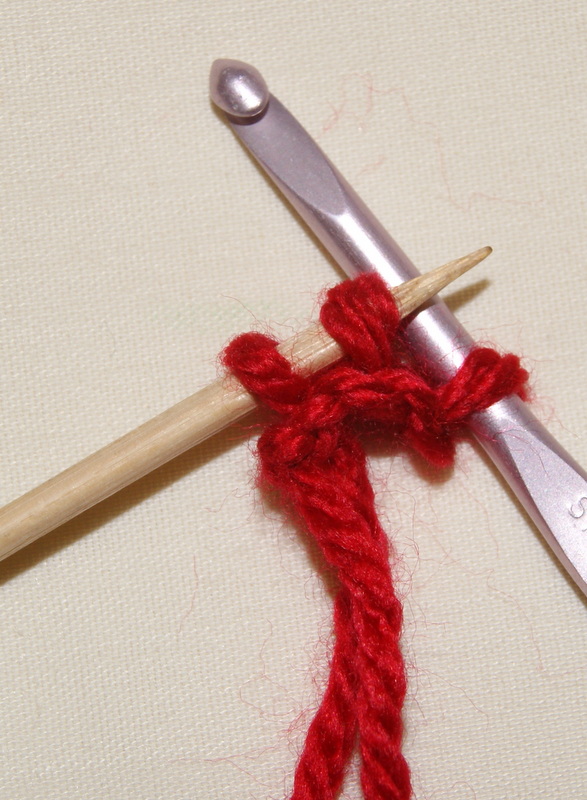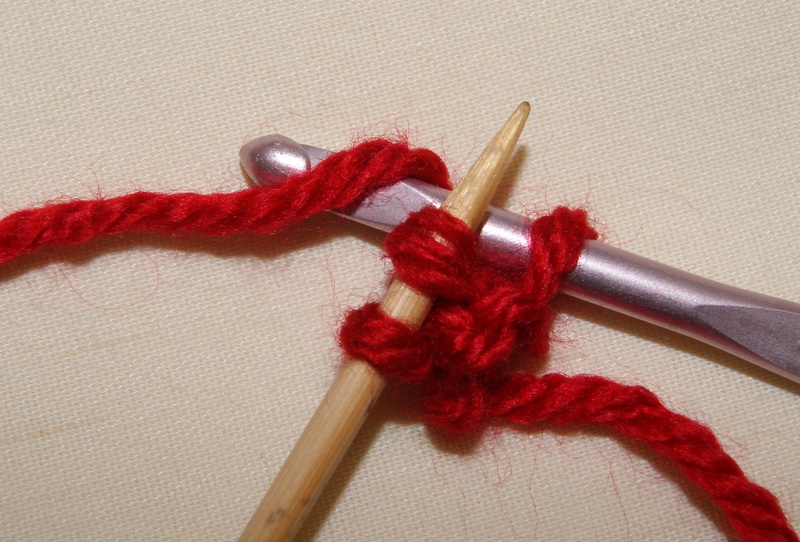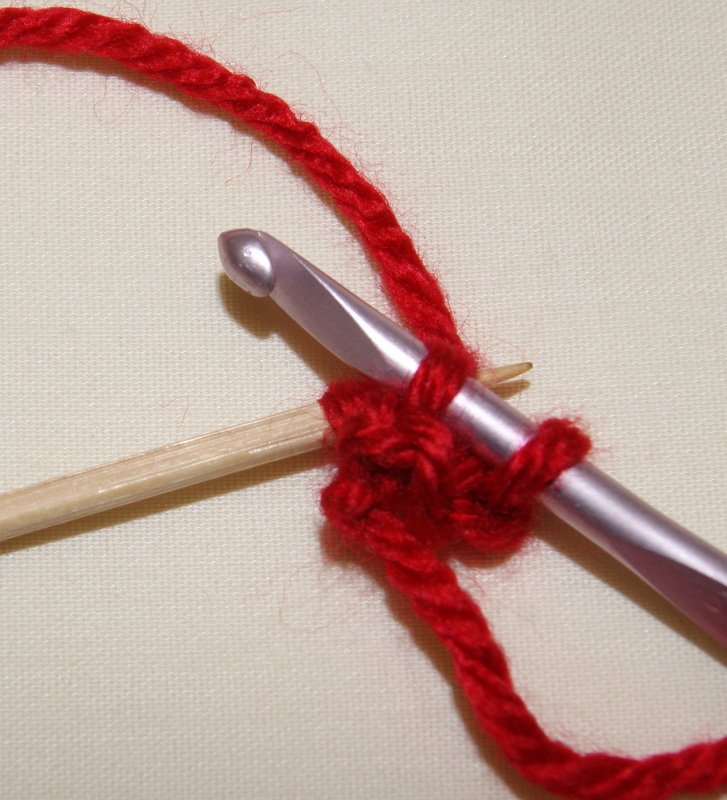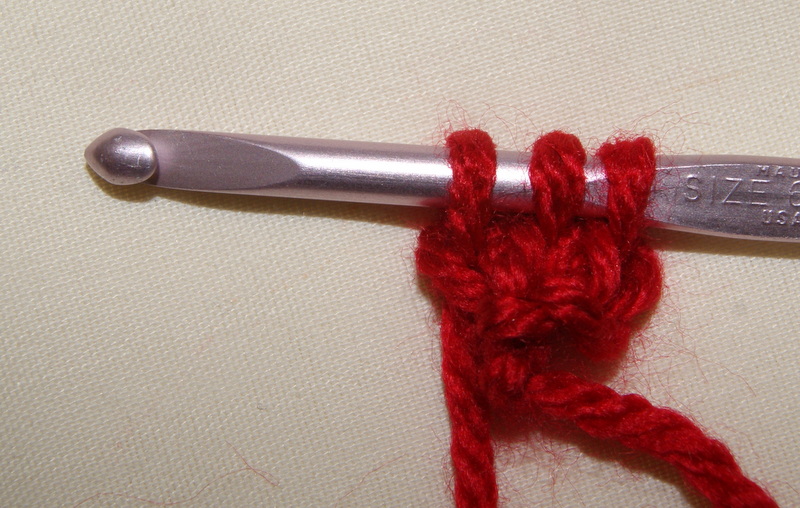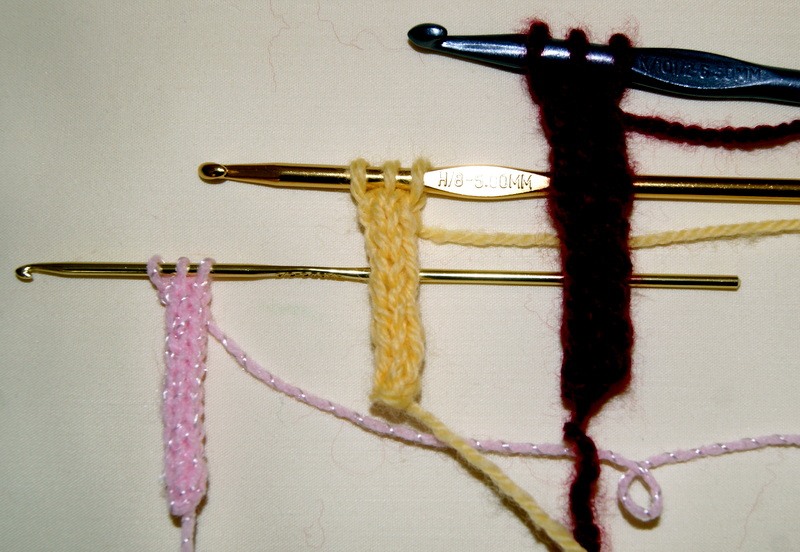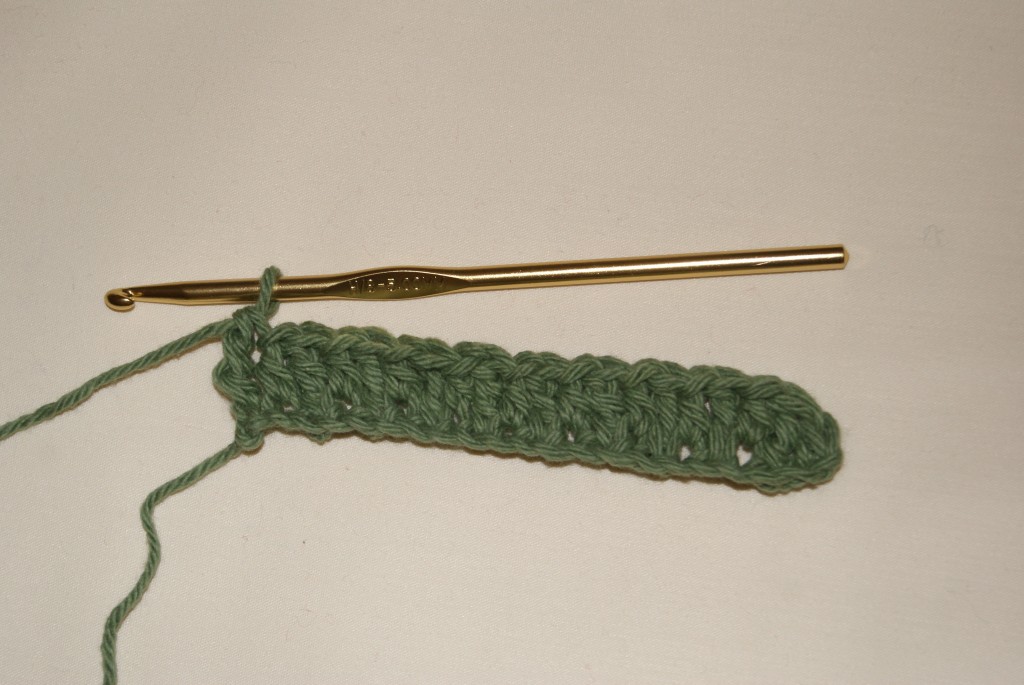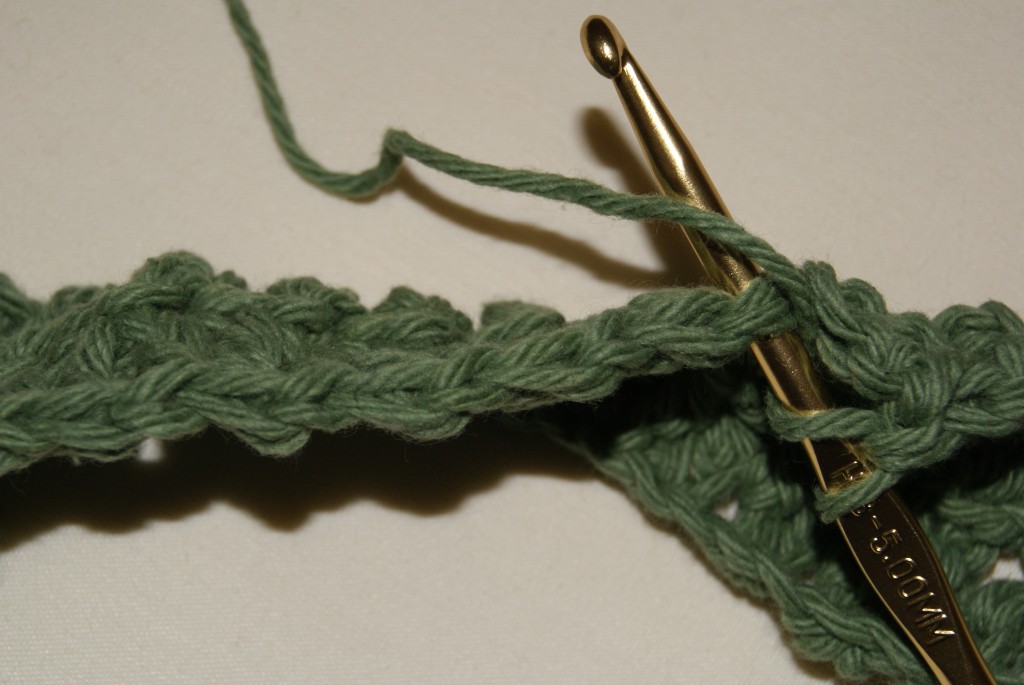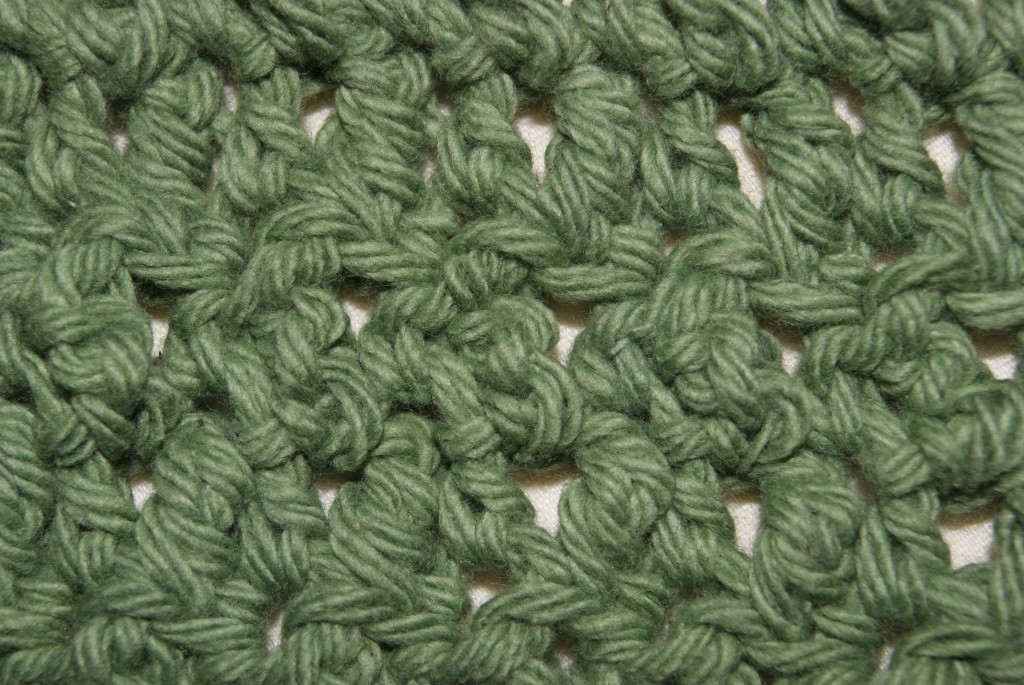Crochet Beanies for Donations
We are having a beautiful Spring day and I thought I would take just a moment to share a picture of some of the baby beanies that I have made. Hopefully, giving you some fresh ideas that can be made from this quick, simple pattern. I am donating these to our local hospital’s maternity ward for the newest arrivals!!
Also, I did knit two preemie sized beanies from a free Red Heart pattern that I tweaked a bit. If you are interested in that pattern, let me know and I will tell you what I did.
As you can see, I used several different solid colored baby yarns, a variegated brown and pink baby yarn, two shades of pink for one and I made one by crocheting a solid blue baby yarn and a solid white baby yarn together.
Using different sizes of hooks and weights of yarn gives you a nice variety of shapes and sizes.
For my next batch, I think I will add some pompoms to the tops and/or little appliques. Hope you have as much fun creating these beanies as I have!!
HAPPY CREATING!!
Disclaimer: This post contains affiliate links – “small commission earned”
How to Sew Bean Bags
What child doesn’t LOVE to toss around squishy little bean bags!! Here’s some quick tips on how to make these cute, fun bags.
I just use cotton fabric from my very large scrap bin but just about any type of fabric will work. I personally like to mix solids with prints because it gives more options to vary up game ideas.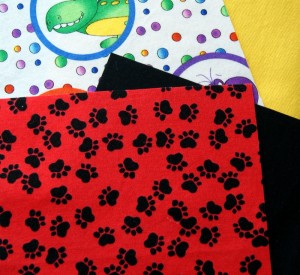
For my samples, I chose two solids that coordinated with two prints and stacked all four fabrics on top of each other. Then I measured a 5 1/2″ square that I drew on the fabric and with the help of my ruler, I rotary cut out these squares in one quick motion.
Now simply put right sides together and sew in a 1/2″ seam allowance leaving one side partially unsewn for turning. I like to sew about a 1″ seam on each side of the opening edge so I don’t have to mess with the corner. When I make my 1/2″ seam allowances, I sew off the end of the fabric, lift my pressure foot and turn the fabric and continue sewing my seams. Saves some time. I will also back-stitch across the seam that I just made to give extra strength to the corners.
Once I have sewn around all the sides of the square, trim your seams and angle cut your corners. Before I flip to the right side, I like to press down the opening edge to make the closing seam easier to stitch. After I have ironed this edge, turn your square to the right side. Fill it with about 3/4 cup of rice, dried beans or some type of bean bag filler and then sew your opening closed. I like to stitch a second row on my opening edge for reinforcement since this is an item that gets a lot of use.
Now have fun tossing them into buckets, boxes, bags, etc. or just on the floor getting different points if your bean bag lands on a solid side or a print side. Fun game ideas for parties like hot potato, balance on your head walking across the finish line, tic tac toe style games, etc.
- TIP: When using two different fabrics, I like to put a coordinating thread for one fabric in the bobbin and the other coordinating thread for the second fabric in the machine.
HAPPY CREATING!!
Disclaimer: This post contains affiliate links – “small commission earned”
Crochet iCord
Knowing how to make a crochet iCord is another great technique to have within your stitch file. It is a pretty simple repeat stitch pattern and you will find many uses for an iCord for your clothing, accessories, appliques, etc.
The basic concept is working with three chain stitches to form a tube. So to begin you would crochet three chains stitches, then insert your hook in the second chain from hook, yarn over (yo) and pull through loop. Repeat this step in the third chain from hook.
Now you want to slide off the first two (2) chains from your hook onto another holder like a knitting needle, chop stick, or a large tapestry needle. I personally have success using a bamboo knitting needle.
Once you have those two chains placed on your holder, you will begin making a chain stitch (*yo and pull through the loop) with the remaining loop on your crochet hook. Now slide your 1st chain stitch loop back onto your crochet hook, make a chain stitch (*) and then slide your 2nd chain stitch loop back onto your crochet hook, and again make a chain stitch (*).
You just keep repeating this process until your cord is the length that you want. To fasten off, just do a yarn over and pull through the three loops on your hook, now cut your yarn and pull it through the last remaining loop on your hook.
You can create different size iCords by varying your yarn weight and hook size.
HAPPY CREATING!!
Disclaimer: This post contains affiliate links – “small commission earned”
Variation on Crochet Seed Stitch
Whether knitting or crocheting, the seed stitch creates a neat bumpy look to accent your project.
The crochet technique for making a seed stitch is usually based on alternating a single crochet with a double crochet, which creates a strong, dense looking pattern. My variation is created by alternating a half double crochet stitch and a treble crochet stitch. This gives a more open look to your crochet design pattern. Of course, type of yarn used and size of crochet hook will make different looks too.
For my sample, I used a Size H crochet hook and 100% cotton yarn. You want to begin by chain stitching an odd number of chains, (I chained 21 stitches in sample). Now make a HDC (half double crochet) in the 2nd chain from hook. In the next chain, make a TR (treble crochet), in next chain make a HDC, next chain a TR and so forth until to get to the end of your chain stitches. If you started your first row with a HDC, you will end with a TR crochet and have 20 stitches in your row.
Turn, make a SL stitch in first stitch, CH 1 (counts as your first HDC), then continue in pattern – TR, HDC, TR, HDC, TR, making last TR stitch in top of CH 1 stitch from previous row.
So your pattern is alternating HDC and TR within each row as well as alternating HDC and TR vertically. As you begin your next row, your first SL stitch and chain is your HDC made directly above the TR stitch made in the previous row. Continue crocheting in this manner, thus creating your seed stitch pattern.
Disclaimer: This post contains affiliate links – “small commission earned”
HAPPY CREATING!!
Disclaimer: This post contains affiliate links – “small commission earned”
